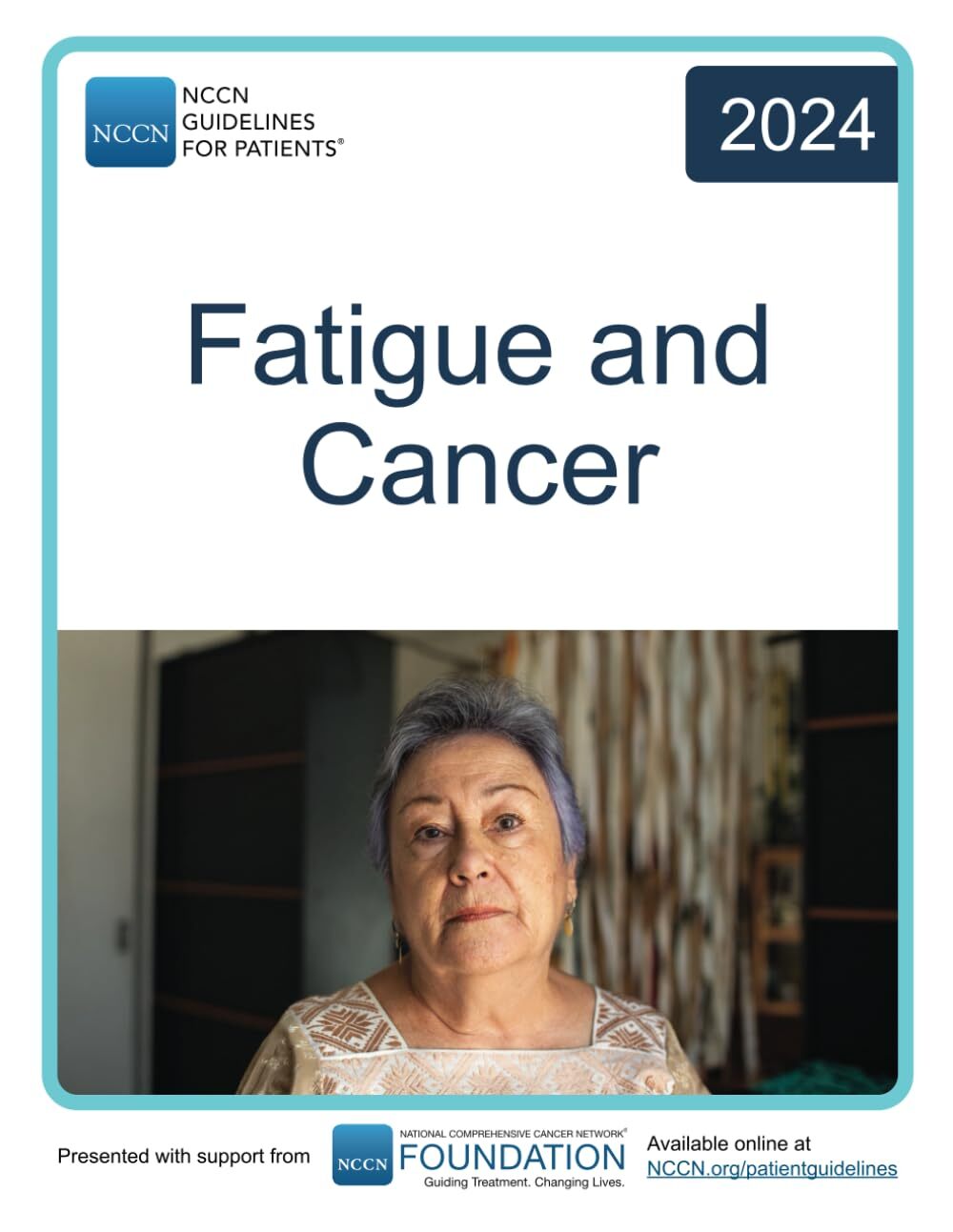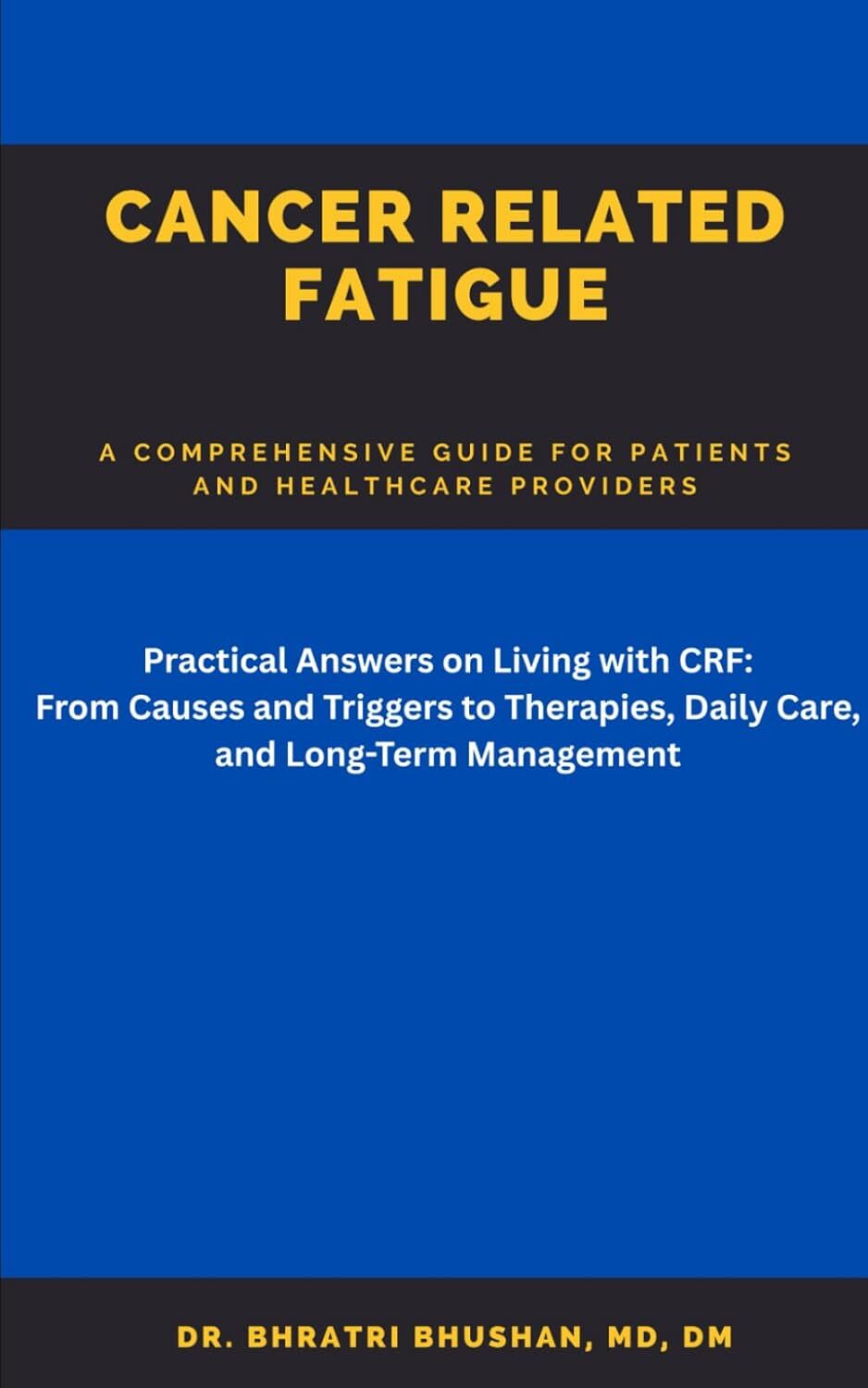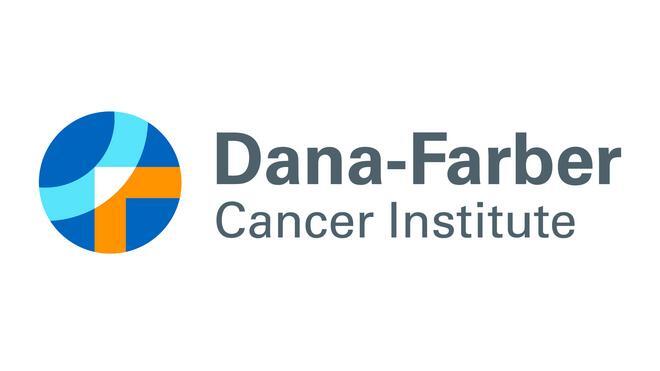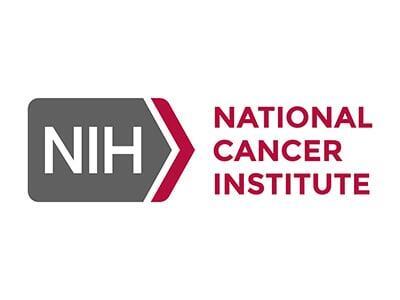Energy Audit
Understanding Energy Costs as a Way to Promote Energy Conservation

Introduction
Energy Audit is a self-assessment tool with a special focus on how social interactions influence vitality, as well as, daily activities, energy levels, and their impact. For cancer survivors, it fosters awareness of energy patterns, helping to prioritize meaningful connections and manage fatigue across all recovery stages.
What You Need To Know
How To Do It
Instructions:
A. Simple Method:
1. Initial Prep
Get two pieces of paper.
2. List of People
On one piece of paper write a list of people that you have social interactions with.
3. Draw Vertical Line
On a second piece of paper draw a vertical line down the middle of the paper. Label the left column “Gives Me Energy”. Label the right column “Drains My Energy”.
4. Select Names
Put names in one column or the other. Be honest but not judgmental. This may be difficult since some of your loved ones may be the ones draining your energy.
5. Determine New Boundaries
For people that drain your energy, determine what new boundaries you may want to set for them.
B. Standard Method:
1. Prepare Your Tools
Use a notebook, app, or template with columns for time, activity.
2. Establish Standards
Set energy level (1-10, 1="exhausted," 10="energetic"), and provide additional notes on social interactions (e.g., who, mood, context).
3. Log Throughout the Day
Record every 1-2 hours or after significant activities, especially social ones like conversations, support groups, or family time. Note energy before/after and social context.
4. Rate Energy Levels
Use the 1-10 scale consistently. Highlight how interactions with friends, family, or peers affect your energy.
5. Review Patterns
At day’s end, calculate energy averages and note social highs/lows. Ask: “Which interactions uplifted me?" and "Which felt draining?”
6. Analyze Weekly
Review 3-7 days’ data to spot trends, such as energizing versus draining social activities or optimal times for connection.
7. Adjust and Plan
Prioritize uplifting social interactions (e.g., coffee with a friend) and limit draining ones. Schedule rest after intense social events.
8. Handle Challenges Gently
If tracking feels overwhelming, start with 2-3 high impact entries daily. Consult a healthcare provider if fatigue persists.
9. Conclude Reflectively
End with gratitude for positive social moments. Journal one energizing interaction to reinforce connection.
Helpful Tips:
- Start small: Track 2-3 social activities daily to ease into the process.
- Prioritize connection: Note how specific people or group settings impact energy.
- Be honest: Record both positive and negative social effects without judgment.
- Use visuals: Apps or charts can highlight social-energy patterns.
- Balance socializing: Pair social time with rest to avoid burnout.
- Track holistically: Include sleep, nutrition, and mood alongside social notes.
- Seek support: Share findings with a therapist or support group for deeper insights.
- Adapt for recovery: Adjust social commitments based on treatment phases.
- Celebrate connections: Acknowledge energizing interactions to boost motivation.
Related Topics:
Strongly Related
Reduce Stress:
[Links to related web pages]
[Links to related web pages]
Issue C:
[Links to related web pages][Links to related web pages]
Moderately Related
Issue B:
[Links to related web pages]
[Links to related web pages]












